Caesar Salad was the invention of Caesar Cardini, an Italian-American restaurateur, who claimed to have created the first Caesar salad when his kitchen ran out of supplies on Fourth of July 1924. Wikipedia lists the traditional ingredients:
A Caesar salad is a salad of romaine lettuce and croutons dressed with parmesan cheese, lemon juice, olive oil, egg, Worcestershire sauce, garlic, and black pepper.
We used 2 egg yolks, ¼ cup olive oil, 1 tsp Thai fish sauce, 2 cloves garlic, juice of one lemon, and Dijon mustard.
You’ll also need lettuce and grated cheese. The classic ingredient is Parmigiano Reggiano (Parmesan) cheese, but we like Pecorino Romano as an alternative flavor.
Mix the ingredients in a bowl and add salt and pepper:
You can add some finely grated cheese to the sauce at this stage too.
Slice up one or two heads of romaine lettuce, mix the sauce over it, and top with grated cheese:
To make it an entrée, add beef slices or calamari with chopped nuts:
It’s extremely easy to make, and quite tasty!







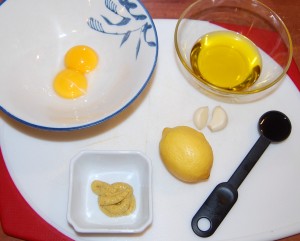
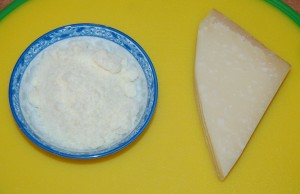
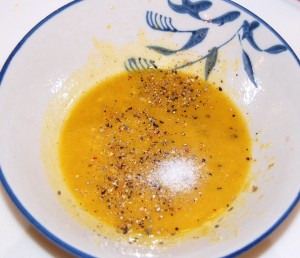
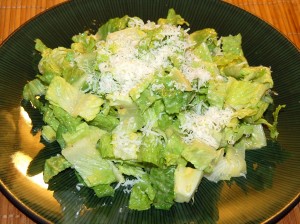

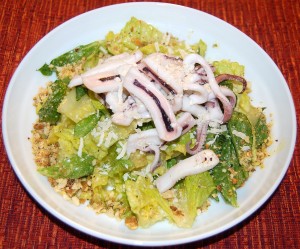

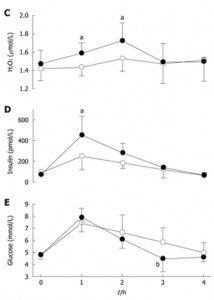
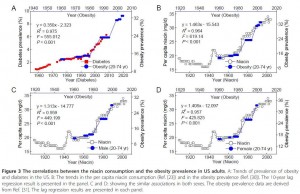
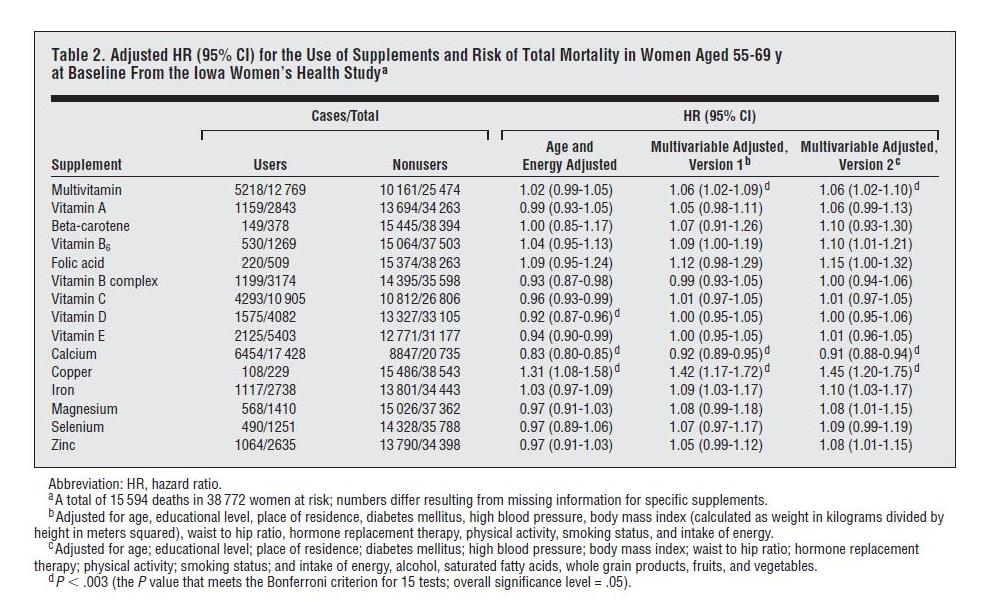









Recent Comments